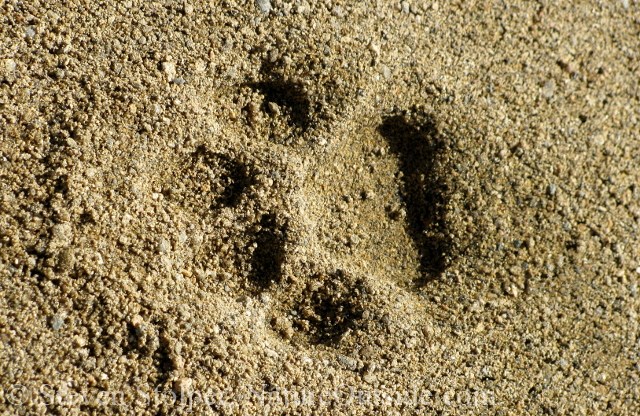
A major threat to wildlife is habitat fragmentation. This occurs when humans build structures like high-speed roads, which are impassible to animals. Animals are unable to cross these barriers and populations are cut off from each other. Over time, the genetic health of the animal population declines. There are not enough individuals to provide a diverse genetic pool to produce healthy offspring. As our towns and cities expand, habitat fragmentation is a growing problem.
In my area Highway 101 and Highway 17 are deadly barriers to wildlife. But there are groups of people working to change that. The efforts focus on building highway underpasses to safely allow animals to cross.
Pathways for Wildlife
One group working to solve this problem is Pathways for Wildlife.
Pathways for Wildlife is a research organization that performs wildlife surveys to monitor wildlife and identify suitable road crossing locations. The staff use images from field cameras, track and sign data from animals, and examinations of animal/vehicle collision locations.
You may recall that Pathways helped capture the viral trail camera footage of a badger and coyote traveling together.
Learning to Track Wildlife
Pathways for Wildlife uses animal tracking for their research. So the staff have evolved into adept wildlife trackers. In the video below, Pathways members Tanya Diamond and Ahíga Roger Snyder teach us the basics of track identification. I have had the pleasure of animal tracking with both of them.
This is a great introductory video if you’re interested in learning more about animal tracking. It is part of a larger series of videos on tracking. Enjoy the video!
Related Articles on NatureOutside
Mountain Lion Tracks – Learn to Read Them
For fun facts and useful tips, join the free Bushcraft Newsletter.



Leave a Comment